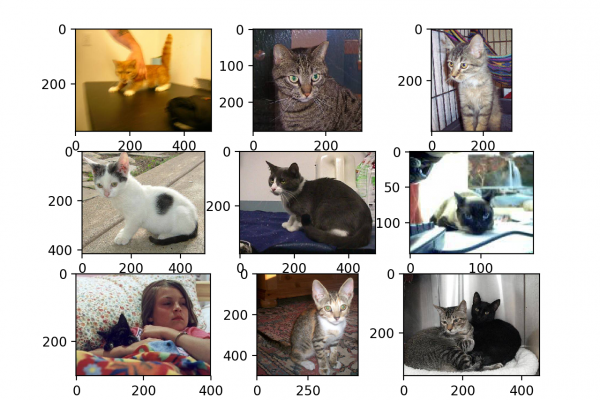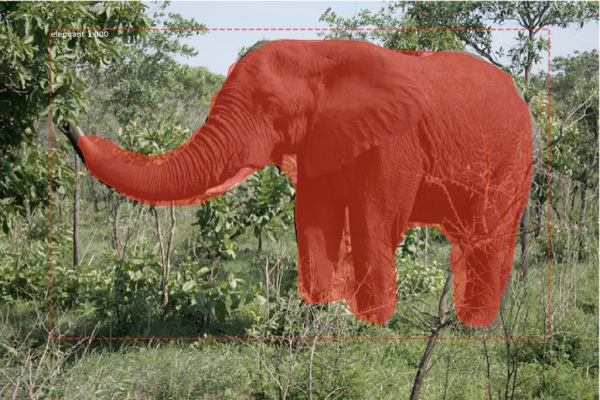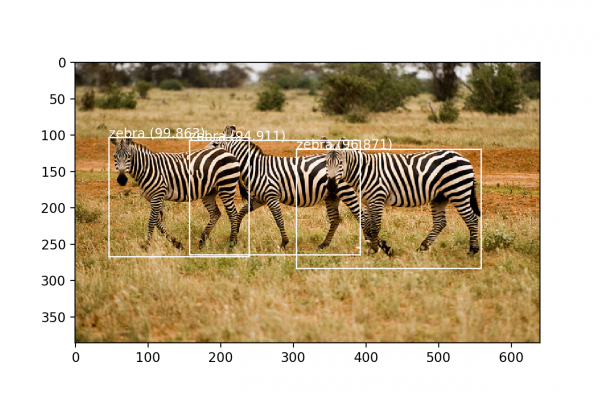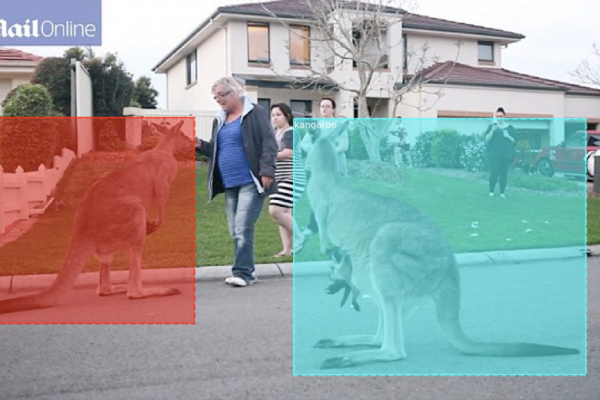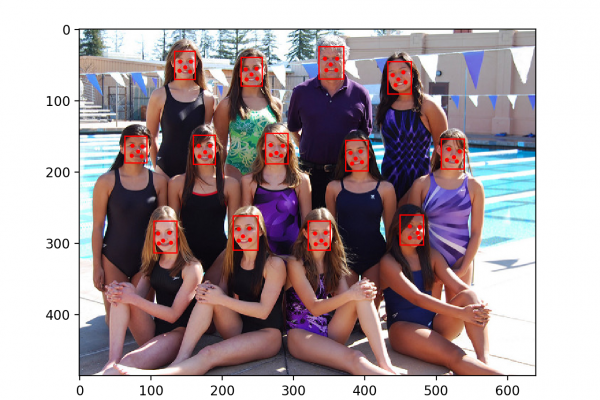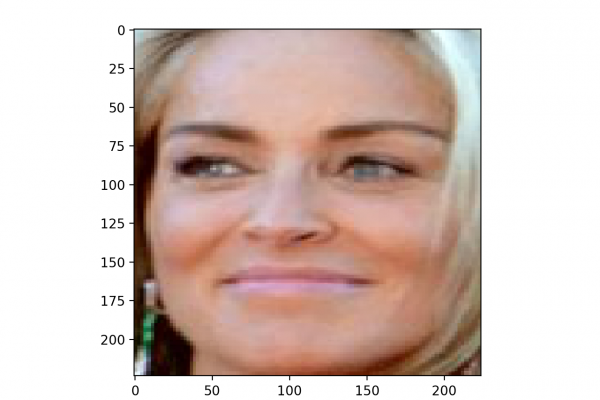Transfer Learning in Keras with Computer Vision Models
Last Updated on August 18, 2020 Deep convolutional neural network models may take days or even weeks to train on very large datasets. A way to short-cut this process is to re-use the model weights from pre-trained models that were developed for standard computer vision benchmark datasets, such as the ImageNet image recognition tasks. Top performing models can be downloaded and used directly, or integrated into a new model for your own computer vision problems. In this post, you will […]
Read more
